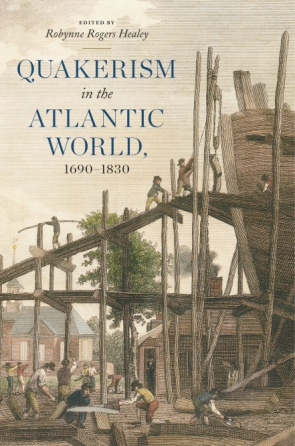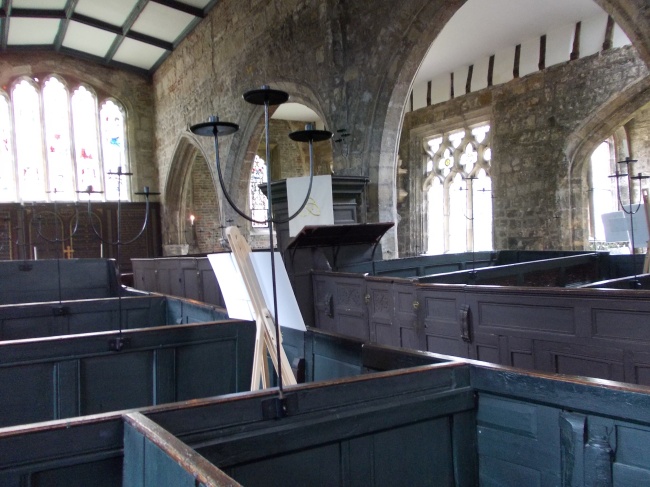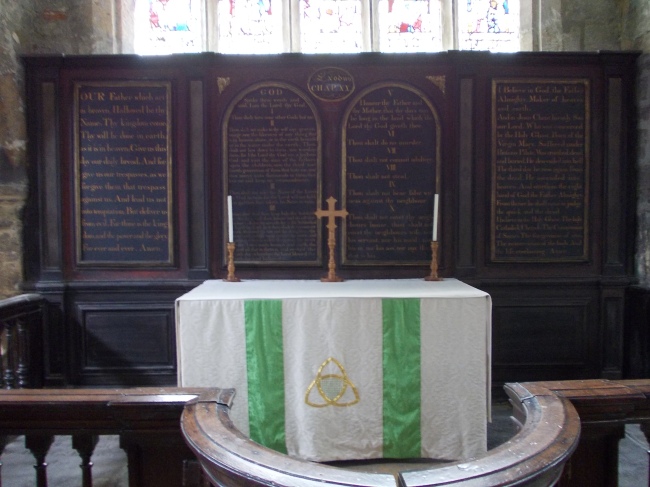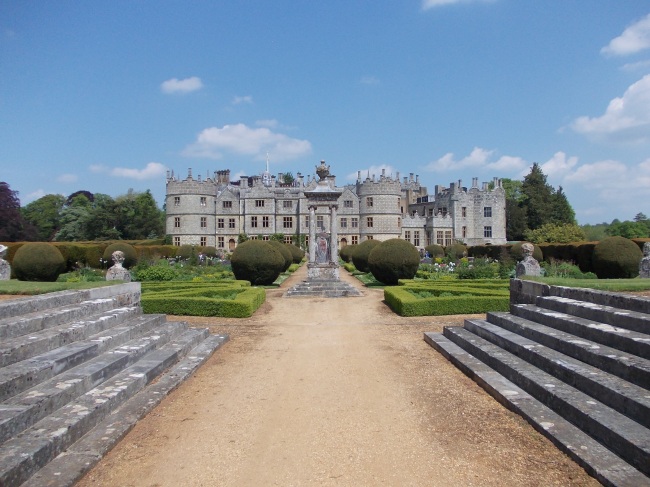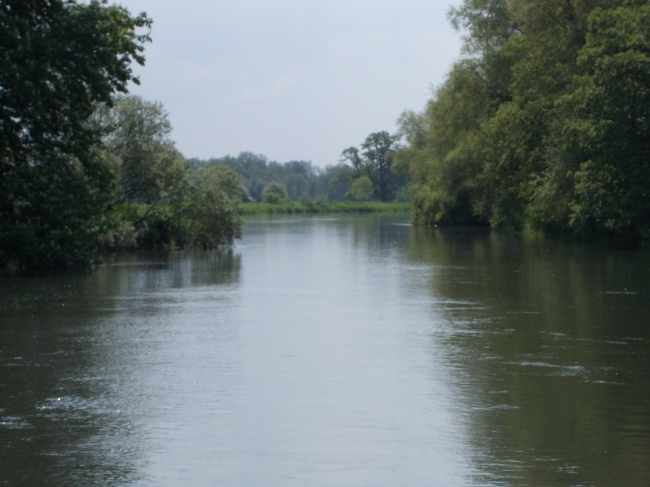In the course of my research into Protestant dissenters, I came across an example, by an anonymous nonconformist, of divine retribution upon an overly-enthusiastic supporter of the Church of England. The lightning strike on the Dorset town of Shaftesbury in June 1662 hit the home of a devout nonconformist minister. It did no hurt to the minister and his family in the house, but the following day the minister’s son, a conformist, died.
The story was printed in Mirabilis Annus Secundus, an anonymous collection of reports of extreme weather, as well as various anomalous events, or ‘prodigies’ as they were called. It is a somewhat partisan collection, since its aim was to collect examples of these events to support its anti-Royalist, anti-Established Church standpoint, and to call for repentance by its readers.
Its emphasis on the weather as a sign of divine displeasure was far from unusual in the early modern period, nor were such accounts limited to nonconformists. Numerous accounts of violent weather were printed throughout the seventeenth century, and many emphasised that these occurrences demonstrated the need to repent. Indeed, the ‘Litany’ of the 1662 Book of Common Prayer includes a petition asking God to defend His people from lightning and tempests.
Yet, from the founding of the Royal Society in 1660, running in parallel with these accounts of extreme weather as indicating God’s displeasure was another view, which emphasised the importance of studying the weather, and other natural phenomena, in a rational and scientific fashion. The pages of the Society’s Philosophical Transactions contained many scientific observations of the weather, and theories as to its causes. In particular, Richard Towneley, a Lancashire gentleman, and William Derham, rector of Upminister in Essex, were both dedicated collectors of weather data in their localities over many years.
The two views of extreme weather as, on the one hand, evidence of divine providence, and on the other hand as a subject of scientific enquiry, are reflected in the writings of modern historians. Vladimir Janković and Alexandra Walsham have both written about this in recent works.
However, while these may be the main views of the weather in the later seventeenth and early eighteenth century, I do not believe that they are the only views. The man usually acknowledged as the founder of the Quaker movement, George Fox, travelled widely, visiting the converted and preaching to the unconverted, both in Britain and abroad. His attitude to violent weather, and indeed to other perils of travel, was marked by thankfulness to God for preserving him and his companions. Indeed, after his journey to the American colonies in 1673, Fox credited God for arranging storms, mists and fogs to hide him and his friends from their enemies.
The weather was not always so helpful, and there were times when storms and fogs meant that the seamen could not make their observations, vital in seventeenth-century navigation. But Fox’s conviction that God was on their side remained undaunted. Fox’s attitude was that, fair weather or foul, God arranged everything for the best. Though elsewhere in Fox’s writings he did give examples of God striking the wicked, Fox did not see the challenges he met with on his travels as in any way suggesting that he should mend his ways. Fox’s confidence was shared by other Quaker travellers, as recounted in other published memoirs. This view of violent weather as from God, yet not as evidence of divine displeasure, but rather as an opportunity for the individual to demonstrate the strength of his or her faith, is, I believe, one that could be further examined in studies of the religious meanings of violent weather.
Sources
Anon, Mirabilis Annus Secundus (s.l., 1662).
George Fox, The Journal of George Fox, J. L. Nickalls (ed.) (Philadelphia PA, 1997).
Vladimir Janković, Reading the Skies: a cultural history of English weather, 1650-1820 (Chicago and London, 2000).
Alexandra Walsham, The Reformation of the Landscape: religion, identity, and memory in Early Modern Britain and Ireland (Oxford, 2011).
